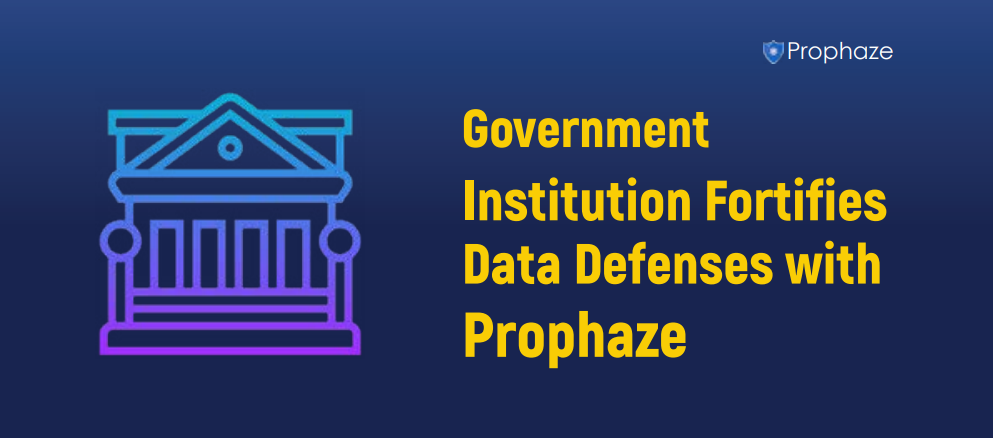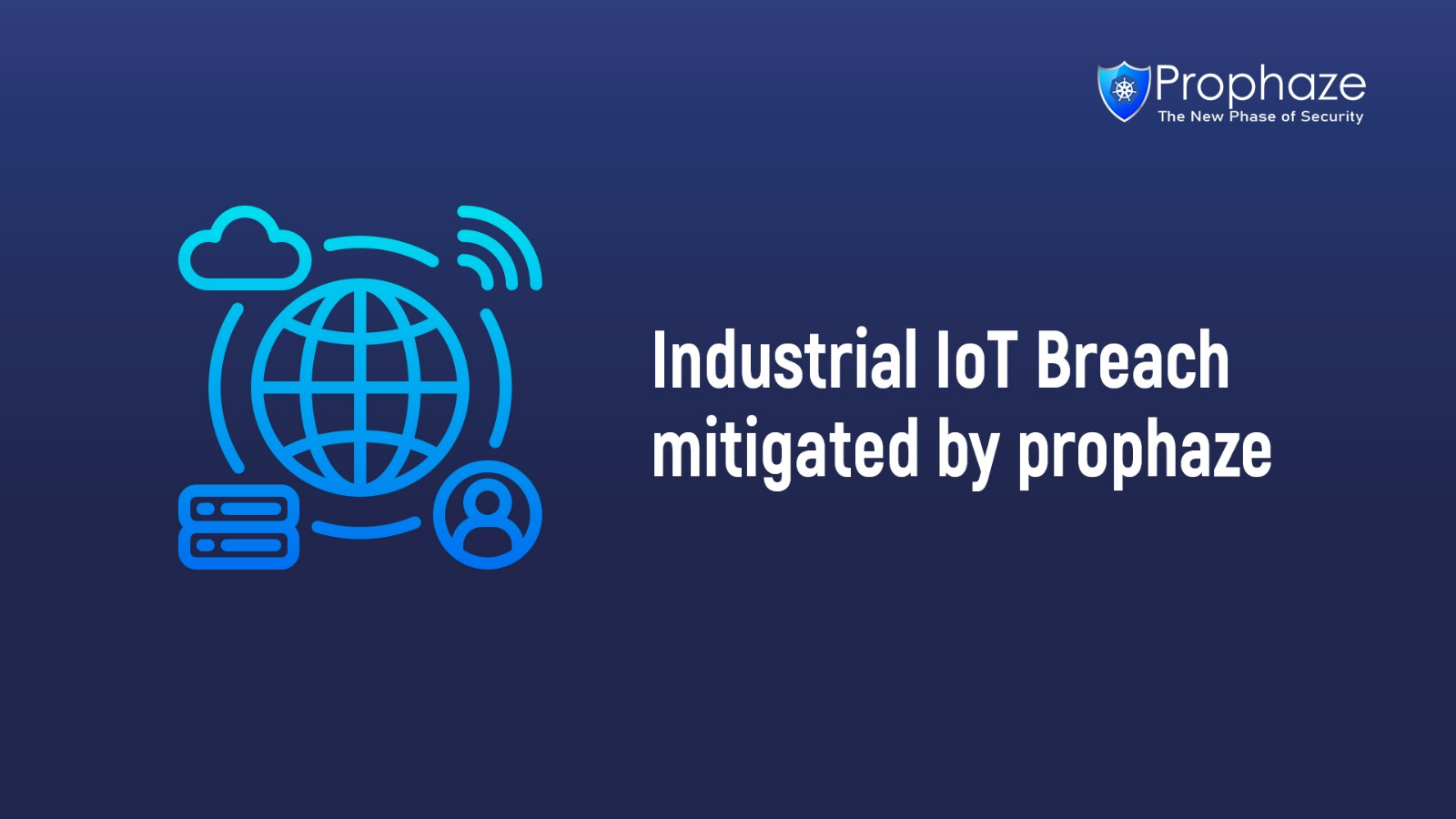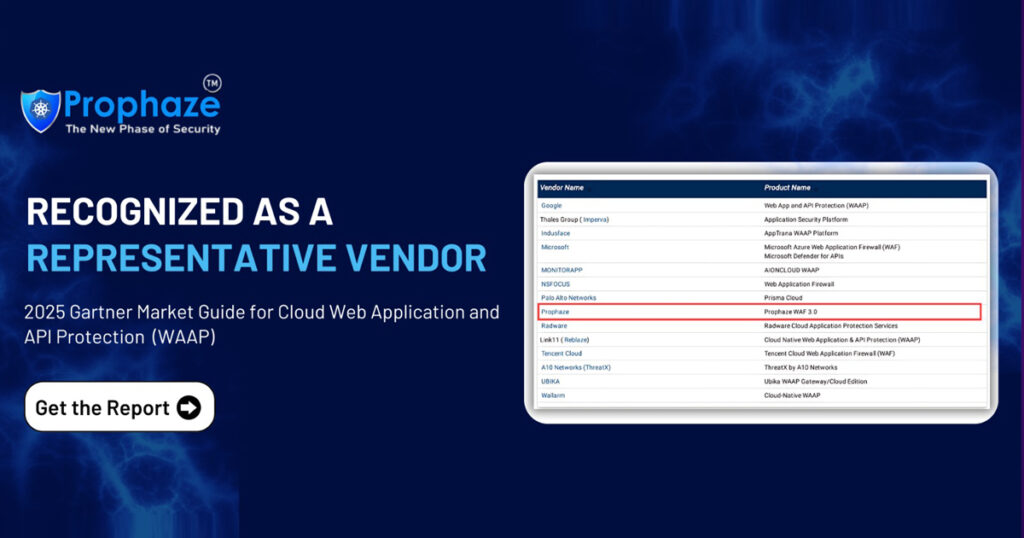Connectionless Lightweight Directory Access Protocol (CLDAP) is a network protocol used for querying and modifying directory information services, such as Active Directory. It is a lightweight version of the LDAP protocol and is commonly employed in enterprise environments. CLDAP attacks leverage the connectionless nature of the CLDAP protocol to amplify the volume of traffic directed towards a victim’s network. By abusing the CLDAP servers, attackers can generate significant amounts of traffic that can overwhelm the victim’s infrastructure.
How does CLDAP attacks work?
During a CLDAP attack, attackers send a forged CLDAP query to multiple vulnerable CLDAP servers on the internet. The query is crafted in such a way that the response from the servers is significantly larger than the original request. This amplification effect allows attackers to flood the victim’s network with a massive influx of data, causing service disruptions or even complete network failure.
Risks and impacts of such attacks
CLDAP attacks pose significant risks and can have severe consequences for targeted networks and systems:
Network Congestion:
The overwhelming volume of traffic generated during a CLDAP attack can congest the victim’s network, leading to service degradation and hampering the normal functioning of network services.
Denial of Service (DoS):
Successful CLDAP attacks can result in a denial of service, rendering network resources unavailable to legitimate users. This can have financial implications, damage the organization’s reputation, and disrupt critical operations.
Bandwidth Consumption:
CLDAP attacks can consume a substantial amount of network bandwidth, impacting the performance of other applications and services. This can lead to decreased productivity and customer dissatisfaction.
Collateral Damage:
CLDAP attacks not only affect the targeted network but can also cause collateral damage to interconnected systems and networks, further amplifying the negative impact.
Mitigation strategies to prevent CLDAP attacks

To defend against CLDAP attacks, organizations can adopt various preventive measures:
Access Control:
Implement firewalls and network filters to restrict CLDAP traffic to trusted sources only. Deny external CLDAP queries from the internet, unless necessary.
Rate Limiting:
Configure rate limiting mechanisms to restrict the number of CLDAP requests allowed per second. This helps prevent amplification and reduces the impact of attacks.
Network Monitoring:
Deploy network monitoring tools to detect and analyze abnormal CLDAP traffic patterns. Proactively monitoring network traffic allows for early detection and response to potential attacks.
Patching and Updates:
Regularly update CLDAP servers and related infrastructure with the latest security patches. Stay informed about vulnerabilities and apply recommended fixes promptly.
Conclusion
CLDAP attacks pose a significant threat to the security and availability of networks. It is crucial for organizations to understand this vulnerability and take proactive measures to mitigate the risks. By implementing access controls, rate limiting mechanisms, deploying network monitoring tools, and maintaining regular patching and updates, organizations can strengthen their defenses against CLDAP attacks and enhance overall network security.












